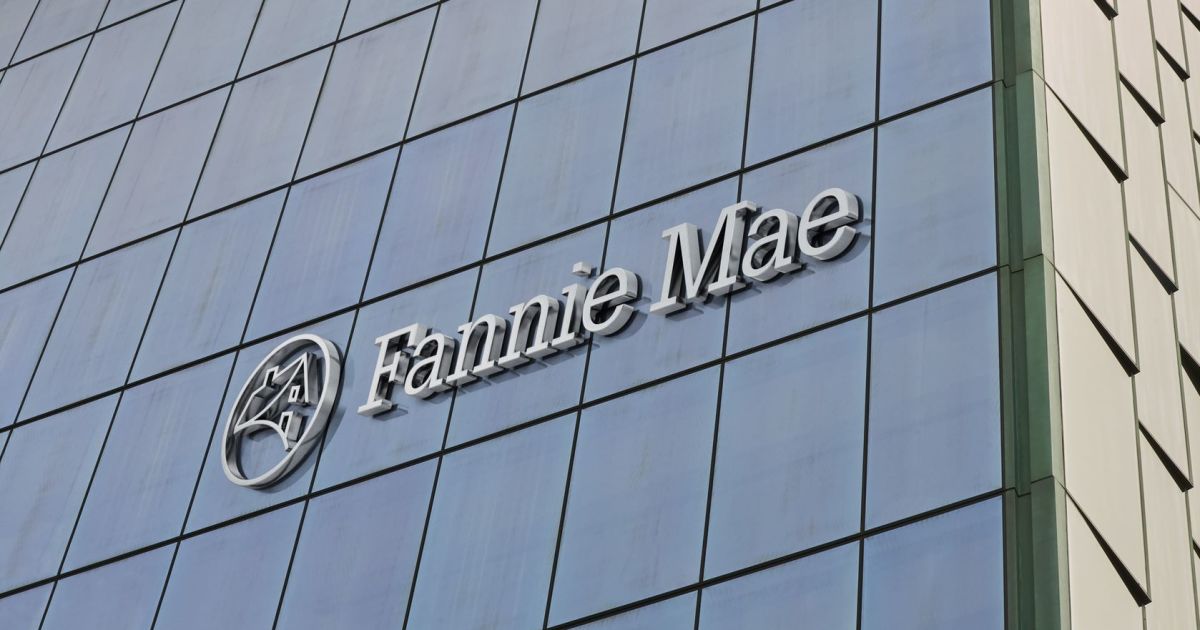
Fannie Mae will factor rental payment history into its mortgage decisioning starting on September 18, the government-sponsored enterprise announced Wednesday.
In partnership with asset verification technology provider FormFree, the GSE’s automated Desktop Underwriter will identify records of consistent rental payments over the most recent 12 months to give historically underserved populations a more inclusive measure of a borrower’s fiscal health.
The rental history incorporation can only weigh positively in a consumer’s credit assessment, said Malloy Evans, executive vice president and head of single-family at Fannie Mae. If the applicant had any missed payments from the last 12 months, the rent consistency doesn’t get factored into the approval process since a payment gap could indicate that the renter paid using a credit card or cash, he explained in an interview.
The program doesn’t alter traditional credit scores. Instead, it’s used as a separate vector for approval in the decisioning process, according to FormFree CTO Brian Francis.
Including rental payments in borrower assessments doesn’t expand or loosen underwriting standards, it only increases access to homeownership by widening the pool of potential borrowers, Evans said.
Fannie Mae and FormFree started working together on the new program’s proof of concept in 2015. Five undisclosed major U.S. lenders and banks are participating in the DU pilot before it officially goes live. In a sample of recently denied mortgage applications from renters, a Fannie Mae analysis found 17% would have been approved with its new Desktop Underwriter.
“Considering rent will allow more consumers to demonstrate a responsible payment history and, as a result, decrease their risk assessment as part of the home buying process,” Mitria Wilson-Spotser, director of housing policy for the Consumer Federation of America added.
Fannie’s new underwriting aligns with the Biden Administration’s initiatives on increasing the rate of homeownership and the enforcement of fair housing rules. The Fannie Mae program could give about 50 million to 60 million currently non-mortgage-eligible consumers a chance to qualify for a loan, according to FormFree Founder and CEO Brent Chandler.
“A large demographic of black and brown people have been left behind, who make consistent rent payments but have been overlooked because of their credit scores and lack of credit history,” Chandler said in an interview. “This is the culmination of a long journey with respect to how we reach more people who are truly capable of paying a mortgage and really comes down to looking at all data to help borrowers achieve homeownership.”



